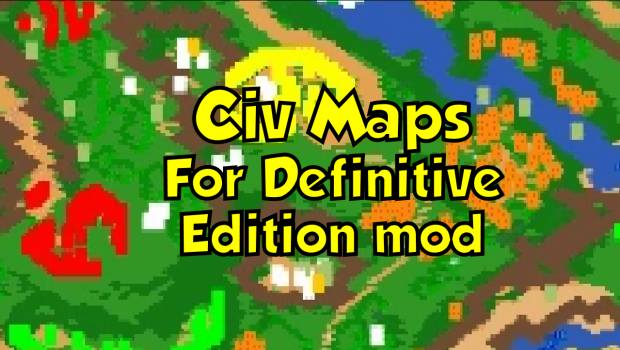

Apple started the adoption of ASLR in Leopard, expanded the implementation in Lion, but didn’t finish protecting the kernel and kernel extensions until Mountain Lion.

Address Space Layout Randomization is a key security feature that makes it difficult for malware to predict the entry point addresses for system functions and successfully inject its own code. Here’s just a partial list of things that come to mind. There’s a case to be made that Snow Leopard, in its security details and absence of modern features that we have become accustomed to nowadays, would be a real shocker to go back to. GCD made it easier for developers to write code that accessed more cores in a better managed way and with fewer bugs. It’s they key to exploiting Macs with lots of cores. Grand Central Dispatch (GCD) was introduced, but likely wasn’t widely adopted until later. I’ve heard stories about people who still run it today. Especially since the price was reduced from the customary US$129 down to $29. All in all, Snow Leopard worked out the kinks of Leopard and was very well received. But it lost a few nuances that users loved, remnants of the Finder’s Carbon origins. Perhaps most notable for Snow Leopard was that the Finder was rewritten in Cocoa, making it faster. Leopard, released in October 2007, introdced Spaces, a built-in facility for multiple desktops, Quick Look, and Boot Camp. It was the follow-on to Mac OS X 10.5 Leopard. Introduced in August 2009, Apple made its first move to declare a maintenance update. But here we are at macOS 10.13 High Sierra, and not only is going back in OS time impractical from a security standpoint, but we’d suddenly be missing features we take for granted today.

Even I have written about how, before the modern perils of the internet, Snow Leopard was the cleanest and clearest expression of an ultra-modern GUI on top of a UNIX operation system, in this case mostly FreeBSD.Īnd perhaps a few versions later, especially after the irritations of 10.7 Lion, one might have pondered the practicality of just staying with Snow Leopard. But what would it really be like to go back to this venerable OS?įrom time to time, I see musings by both readers and other authors about how Mac OS X 10.6 Snow Leopard was the pinacle of Mac OS X development and stability. Some have fond remembrances of the halcyon days of Mac OS X Snow Leopard.


 0 kommentar(er)
0 kommentar(er)
